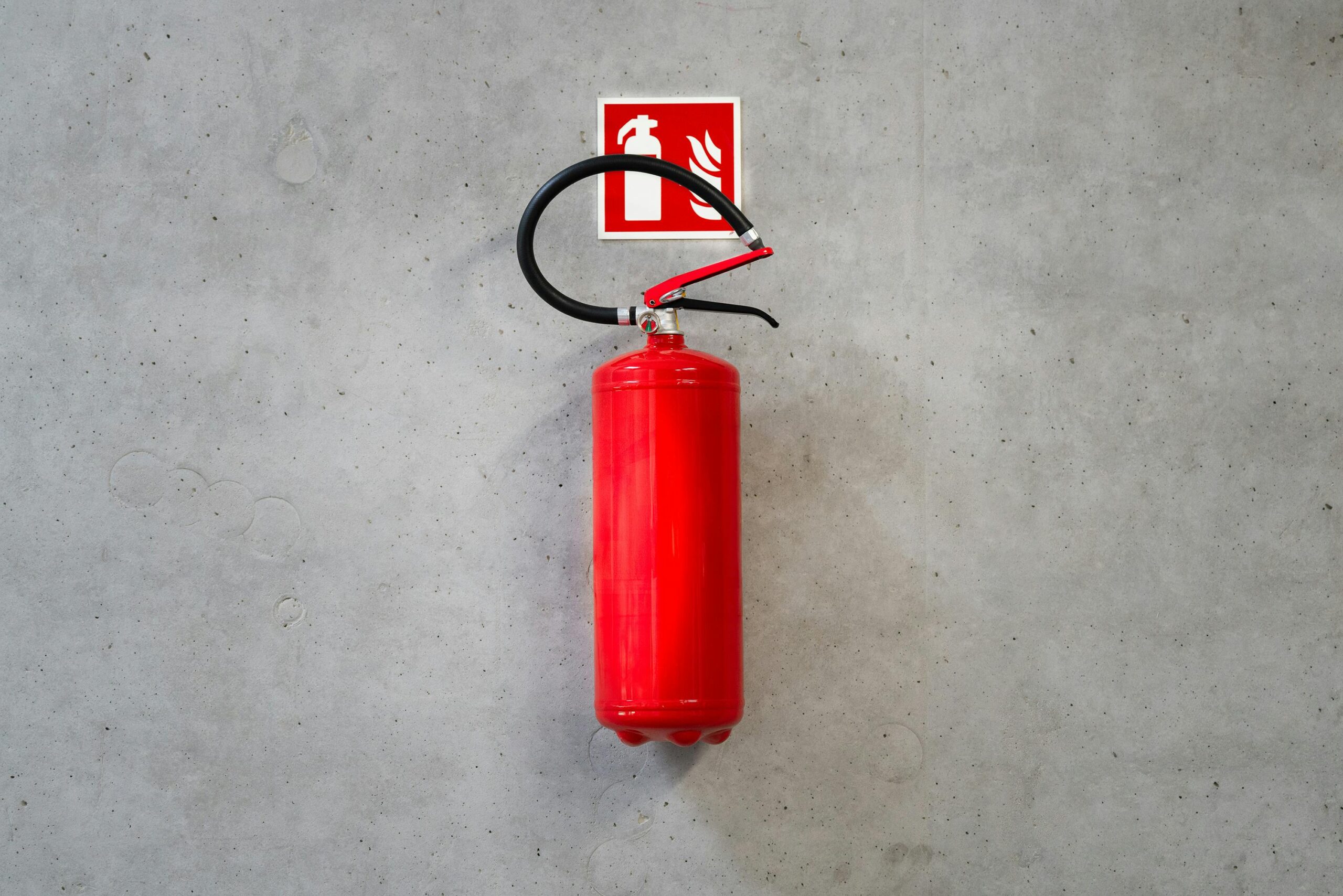Preventing Hamster Fighting
Hamsters are popular pets known for their adorable behavior and antics. However, when housed together, these small creatures can sometimes exhibit aggressive behavior toward one another, leading to fighting. Understanding how to prevent hamster fighting is crucial for maintaining a harmonious environment for your furry friends. This guide will provide practical tips, insight into common triggers for aggression, and behavioral strategies to promote peaceful coexistence among your hamsters.
Understanding Hamster Behavior
Before diving into prevention strategies, it’s essential to understand some basic aspects of **hamster behavior**. Hamsters are territorial animals, and their social structures vary by species. For instance, Syrian hamsters are solitary beings and should never be housed together, while dwarf hamsters can sometimes coexist peacefully in pairs or small groups. Observing your hamsters’ behaviors can offer insight into their needs and help you identify potential triggers for fighting.
Species Differences and Social Structures
Different species of hamsters exhibit varying levels of social interaction. **Syrian hamsters**, for example, are notorious for their solitary nature. Any attempt to house them together can result in aggressive fighting, leading to injuries or even death. Conversely, **dwarf hamsters** like Campbell’s or Roborovski hamsters are more social and can thrive in small groups. However, even among dwarf hamsters, establishing a hierarchy is crucial. Understanding these behavioral traits helps prevent unnecessary fighting and ensures your pets’ wellbeing.

Common Triggers for Aggression
Several environmental and social factors can trigger aggression in hamsters. **Stressful conditions** such as overcrowding, lack of activity, or inadequate space can lead to fights. Additionally, a new or unfamiliar environment can heighten tension among hamsters. To mitigate these risks, ensure that your pets have enough room to explore and establish their territory. Regular interaction and interaction with their environment can also help alleviate stress.
Creating a Peaceful Environment
Setting up a suitable habitat can significantly reduce the frequency of hamster fights. Here are some tips to create a peaceful environment that promotes harmony among your pets.
Enclosure Size and Setup
The size and design of your hamster’s enclosure play a pivotal role in preventing fighting. A larger cage allows for more space for each hamster to explore and avoids territorial disputes. Ensure the habitat is enriched with plenty of hiding spots, tunnels, and **multi-level structures** that enable hamsters to create separate territories within the same space. By providing adequate enrichment, you give hamsters the opportunity to engage in more natural behaviors, which can minimize aggression.

Individual Spaces for Each Hamster
Even if you are housing social species like dwarf hamsters, it’s vital to provide individual spaces. This can prevent competition and reduce the chances of fighting. Use separate water bottles, food dishes, and hiding spots to help each hamster feel secure in its territory. This setup can help ensure peaceful coexistence while allowing your pets to socialize when they choose.
Monitoring and Intervening
Despite your best efforts, it’s important to remain vigilant and monitor your hamsters’ behavior. Knowing how to detect signs of aggression early can prevent fights.
Recognizing Signs of Aggression
Hamsters communicate their feelings through body language. Common signs of aggression include puffed-up fur, raised posture, and rapid movements. If you observe any of these behaviors, it’s crucial to intervene calmly. Separate the hamsters and allow them to cool off before attempting to reintroduce them. Understanding these signs can help you act quickly to prevent an escalation into fighting.
Safe Separation Techniques
If fighting does occur, safely separating the hamsters is paramount. Use a neutral container with bedding materials, allowing each hamster to calm down individually. After a brief cooldown period, you can gradually reintroduce them while closely monitoring their interactions. Using this approach fosters a more relaxed environment and can sometimes help facilitate a successful reunion.

Conclusion: Caring for Your Hamsters
Preventing hamster fighting requires diligence, awareness of hamster behavior, and proactive environmental management. By understanding their needs and adopting strategies to create a peaceful living space, you can ensure your hamsters live together harmoniously. Regular observation and adjustment to their enclosure and routines can further support a happy and safe environment. Remember, every hamster is unique, and what works for one may not work for another, so be patient and observant as you find the best balance for your pets.
FAQ
1. Can I house two Syrian hamsters together?
No, Syrian hamsters are solitary animals and should never be housed together as they can become aggressive and fight, potentially leading to serious injuries.
2. How can I tell if my hamsters are stressed?
Signs of stress in hamsters include excessive digging, bar chewing, lethargy, and aggression. Providing a suitable environment and ensuring they have enough space can help alleviate stress.
3. What can I do if my hamsters begin to fight?
If your hamsters start fighting, separate them immediately using a neutral space. Allow them time to cool off and reintroduce them gradually while monitoring their behavior closely.
4. How much space do I need for my hamsters to prevent fighting?
A larger cage, ideally at least 24 inches by 12 inches for dwarf hamsters, helps prevent fights. Adding levels, tunnels, and hiding spots can further enrich their environment.
5. Can I introduce a new hamster to my existing hamsters?
Introducing a new hamster should be done cautiously and gradually. Keep the new hamster in a separate enclosure for a week and monitor interactions through the cage bars before considering supervised introductions.
